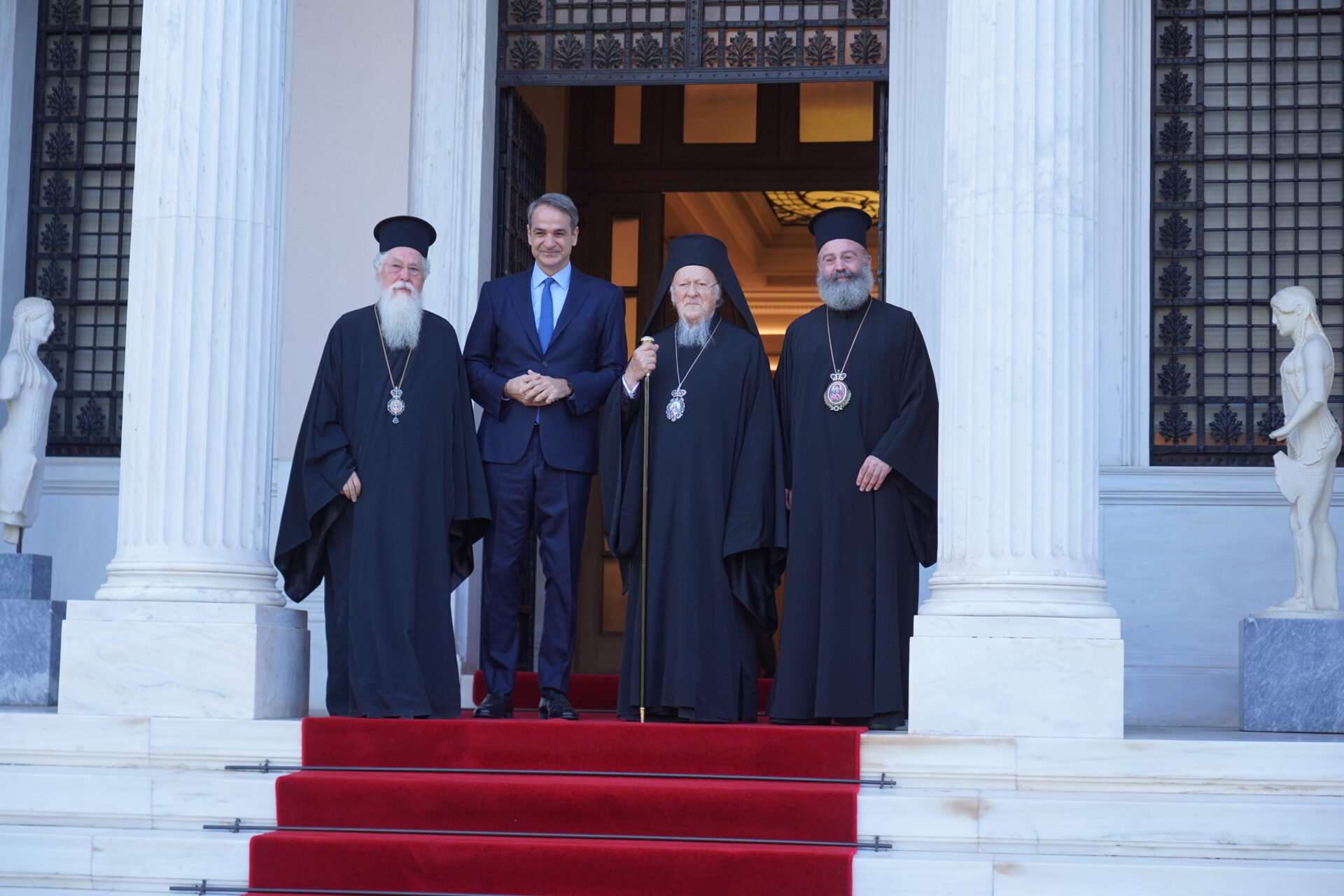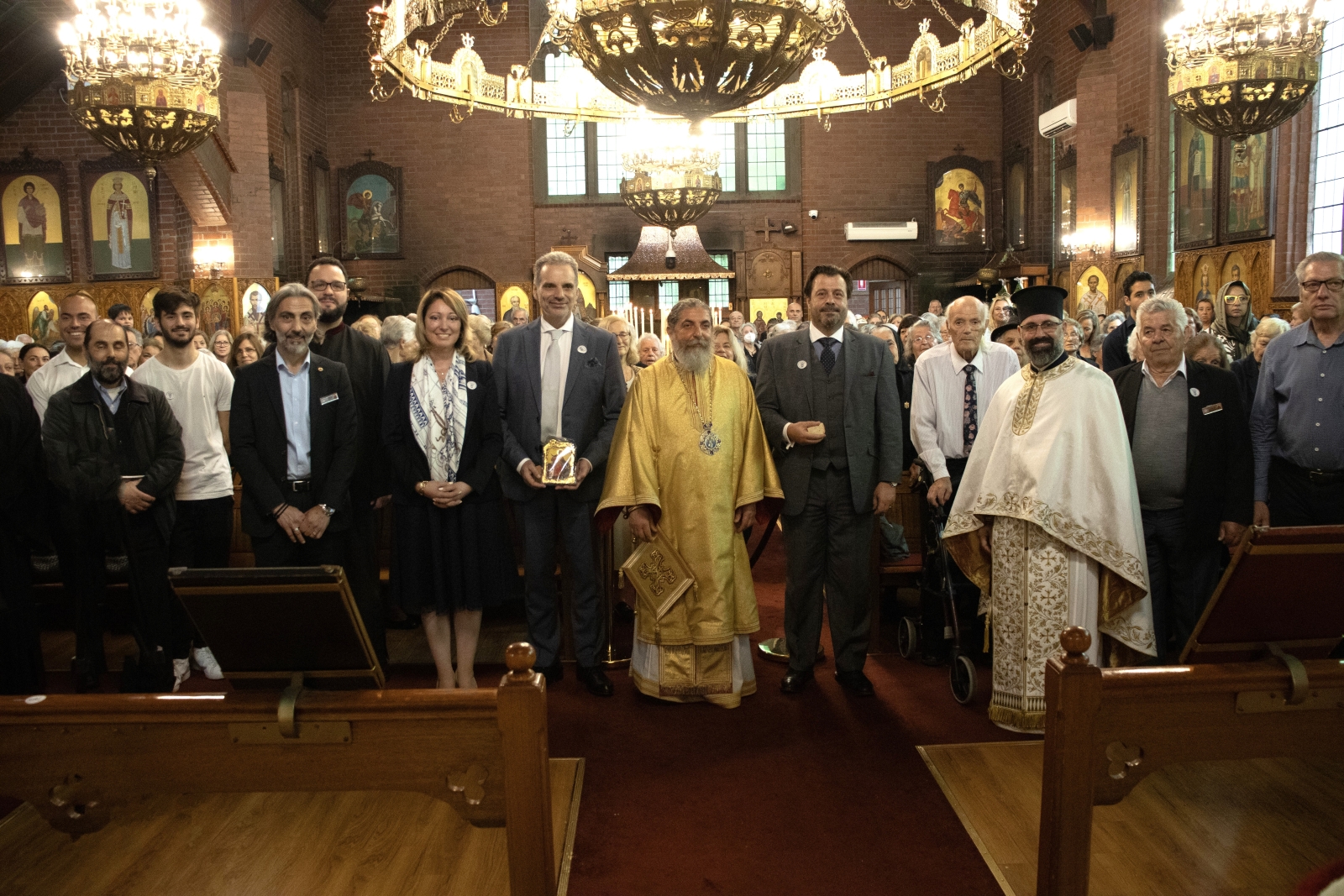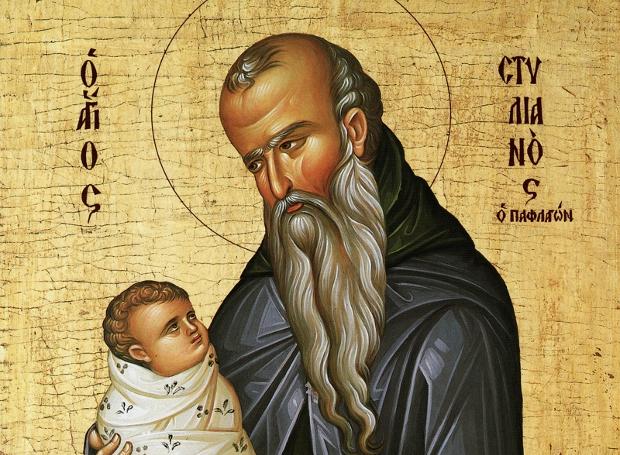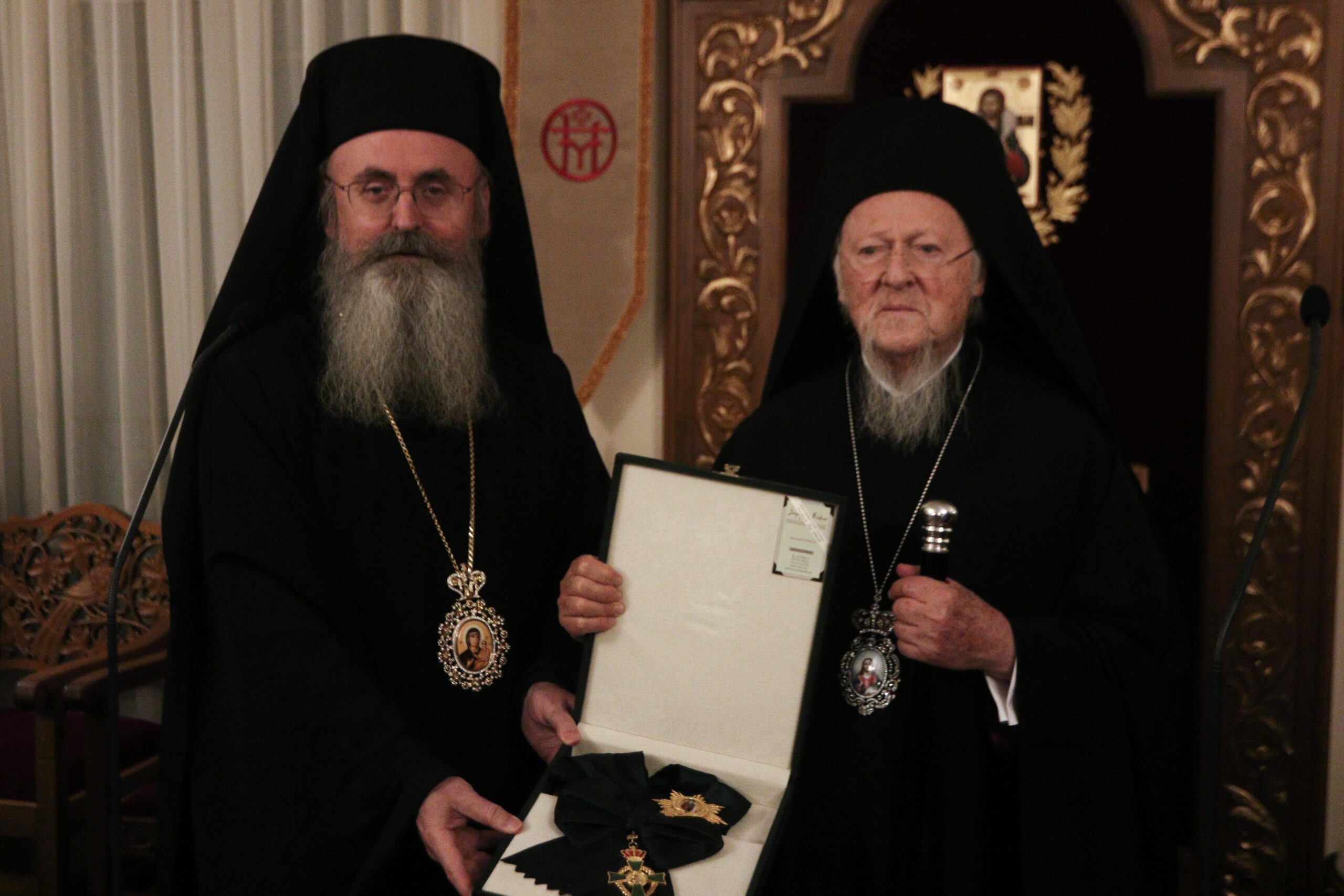Patriarch Daniel urges Bucharest clergy to follow the inspiring model of Healing Saints
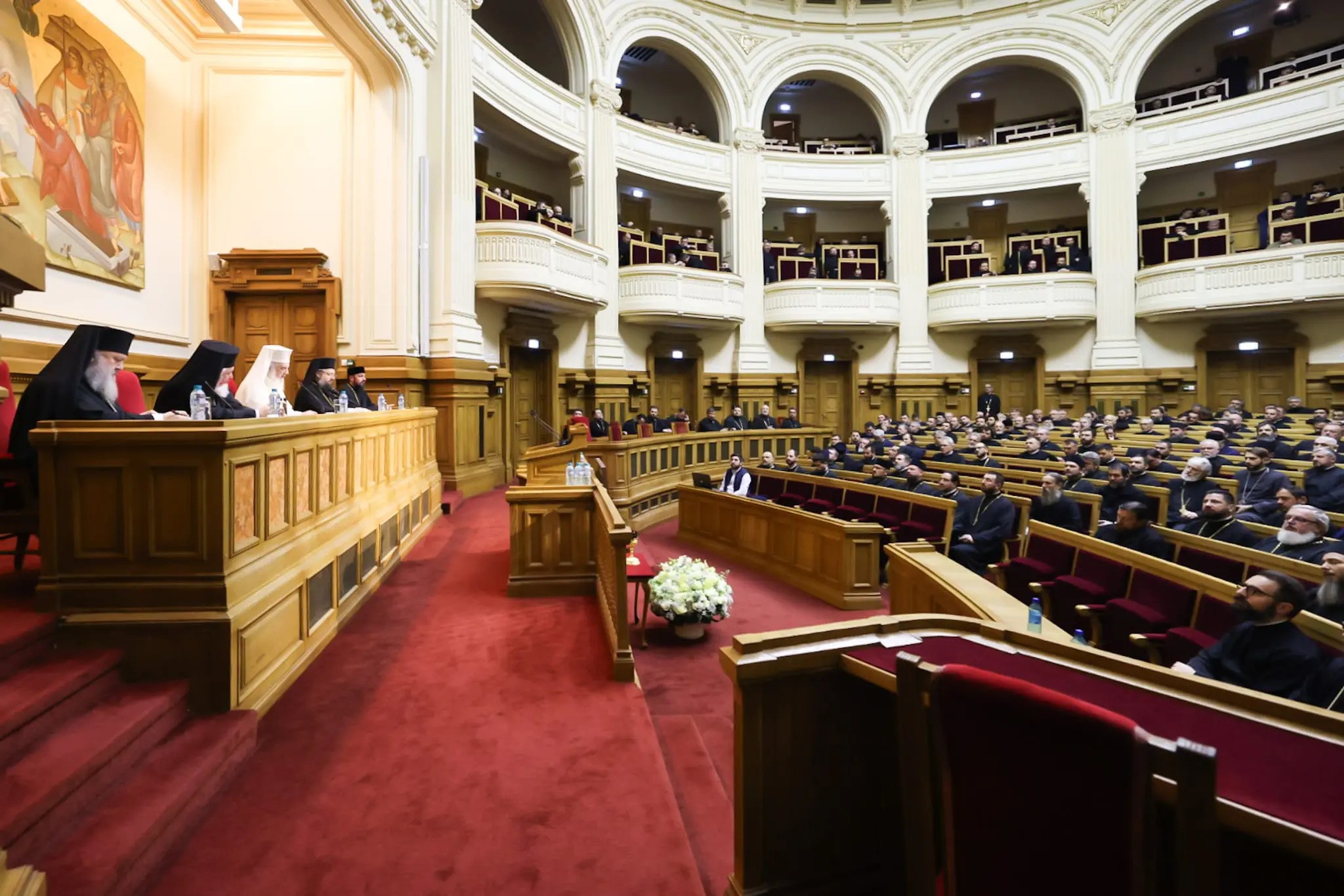

His Beatitude Patriarch Daniel of the Romanian Orthodox Church has emphasised the importance of the holy unmercenary healing saints as powerful spiritual models, bridging ancient faith and modern medicine.
In his message to clergy attending the autumn pastoral-missionary conference of the Archdiocese of Bucharest, the Patriarch of Romania underscored the Church’s mission to deepen understanding of these saints, known for offering healing without charge and embodying a blend of divine grace and selfless service to the sick.
Rooted in the early Christian tradition, the holy healers, including saints like Cosmas, Damian, and Panteleimon, continue to inspire both faithful and healthcare providers. Their legacy highlights the power of holistic healing that addresses both body and soul, integrating medical skills with spiritual care. “The Church’s purpose is not simply to prolong life but to grant life that triumphs over death,” the Patriarch noted, affirming that Christ is both the ultimate healer and the source of eternal life.
Patriarch Daniel emphasised the relevance of these saints in today’s increasingly technological medical field, where patient-doctor relationships risk becoming depersonalised. The Patriarch advocated for a return to a more personal, compassionate model inspired by the holy healers who combined medical knowledge, faith, and divine grace. Their example offers valuable insights for bridging the gap between science and spirituality in the modern healthcare landscape.
The Romanian Patriarch concluded with a blessing for the conference and a prayer that health, a divine gift, be cherished and restored through both faith and medicine.
The Holy Unmercenary Healers are Servants of the Healing Power of Christ
Your Graces,
Revered and Honourable Fathers,
According to the decision of the Holy Synod, in the second semester of 2024, the Romanian Orthodox Church’s pastoral-missionary activity includes exploring the pastoral-missionary and hagiographic-liturgical dimensions of honouring the unmercenary healing saints (ἀνάργυροι).
These saints serve as models of combining the healing grace with selfless service to the suffering neighbour, as emphasized by the church hymnography: “Having laid up all their hope and expectation in Heaven, these two Saints have treasured up for themselves a kind of wealth not to be despoiled. Freely did they receive; freely do they give out healings unto those with maladies.” (Great Vespers for Sts Cosmas and Damian)
The Lord Jesus Christ, as taught in the Holy Scripture and the writings of the Holy Fathers, is the Physician of souls and bodies, being both Physician and Medicine (Medicus et Medicamentum), as announced by the prophets of the Old Testament: “Surely he took up our pain and bore our suffering” (Isaiah 53:4).
However, the Lord Jesus Christ did not come into the world simply to heal humanity temporarily but to grant eternal life (John 11:25). Therefore, “the Church’s purpose is not to offer a way for survival or a path to prolonged life but to bestow the life that triumphs over death.” (Mantzaridis, Christian Ethics). Christ Himself, as the Physician of soul and body, has given us the Holy Eucharist as a cure not only for the healing of soul and body but also for the forgiveness of sins and eternal life (John 6:54).
The Lord Jesus Christ, His Mother, and the holy unmercenary healers are the true healers of the sick, often inspiring the work of the doctor who treats them.
The tradition of venerating the unmercenary healing saints in the Orthodox Church has its roots in the apostolic era, beginning with “Our dear friend Luke, the doctor” (Colossians 4:14), who combined both medical knowledge and the grace of Gospel preaching. This dual vocation—medical and spiritual—became paradigmatic for an entire lineage of healing saints.
During the same apostolic period, the Great Martyr Thecla, a disciple of the Holy Apostle Paul, is recognized as inaugurating the presence of holy women healers within the Church.
In the Orthodox tradition, the typology of unmercenary saints reflects the diversity of how healing grace manifests within the Church: “Unending is the grace that the Saints have received from Christ; wherefore, even their relics ceaselessly work miracles by divine might. Their names alone, when called upon with faith, deliver men from incurable maladies.” (Great Vespers for Sts Cosmas and Damian)
Thus, we encounter saints who possessed formal medical training, combining the knowledge of their time with divine grace, such as Saint Luke the Evangelist, Saints Cosmas and Damian of Asia, and the Great Martyr Panteleimon. Alongside these, the Church also recognizes saints who were gifted with working miracles without formal medical training, like Saint Spyridon of Trimythous and Saint Gregory the Wonderworker. A particular category consists of saints whose relics became sources of healing after their death, such as Saint Nectarios of Aegina, Saint Luke of Crimea, and Saint Nikephoros the Leper.
The living tradition of holy healers continues to define the Orthodox understanding of healing as a holistic process, combining medical and spiritual dimensions. This approach offers a relevant model for contemporary dialogue between science and faith.
The unmercenary saints remain a fundamental reference for contemporary pastoral-missionary work, providing an enduring model of authentic service that transcends ages. In the current context, marked by an increasingly technological approach to medical care and a tendency toward depersonalization of the doctor-patient relationship, these healing saints’ example brings to the forefront the deeply personal and spiritual dimension of the therapeutic act.
Local traditions on the devotion to the unmercenary saints have organically developed in various Orthodox regions, enriching the Church’s spiritual heritage. These traditions include specific prayer rules, processions with holy relics, and pastoral-liturgical practices adapted to the local context.
In Romania, for instance, the veneration of healing saints has harmoniously intertwined with the Church’s pastoral practices, including Confession, the Blessing of Water, the Holy Unction, the Holy Eucharist, and the Akathists of the Unmercenary Healers etc.
The ecclesial experience gathered over centuries at pilgrimage sites and around the healing saints’ relics demonstrates the effectiveness of this holistic approach. These miraculous healings call Christians to profound spiritual transformation, strengthen their faith, and reorientate toward salvation.
Continuing these traditions in the contemporary context requires wise adaptation to current realities while preserving the healing model’s unchanging spiritual essence. This involves developing pastoral-missionary programs that combine traditional elements of Christian care with modern medical knowledge and technologies, creating a synthesis that addresses both the physical and spiritual healing of people today.
The healing saints’ model calls for a holistic approach to the suffering person, one that goes beyond treating physical symptoms to seek the restoration of the individual’s spiritual and physical balance. Priests and Christian medical personnel are called to combine professional competence with pastoral sensitivity, providing patients not only with medical care but also spiritual support.
Thus, the essence of pastoral care for the sick emerges as a creative synthesis between the scientific rigour of modern medicine and the spiritual depth of Orthodox Christian life.
The model of the healing saints remains an inexhaustible source of inspiration for contemporary pastoral care, offering principles and practices that can help rediscover the personal dimension of medical care and the importance of prayer for healing.
The Church’s rich experience in this area constitutes a spiritual treasure that can contribute to the development of pastoral-missionary approaches suited to the challenges of the 21st century, keeping alive the tradition of the holistic healing of the person in the light of Christ’s Gospel.
All these healing saints offer hope to the despairing and grant healing where doctors cannot cure severe illnesses. The wonder-working saints, as members of Christ’s mystical Body, make the Lord Jesus Christ known to the world as the Great Physician, who has granted them the gift of healing, as the hymnography of our Church teaches: “What shall we call you? Physicians healing souls and bodies, healers of incurable passions, who freely heal all, receiving the gifts from the Saviour Christ, who grants us great mercy.” (Great Vespers for Sts Cosmas and Damian)
In conclusion, let us not forget that health is a gift from God, and this gift must be preserved, cared for, and sanctified. If we lose it, we must seek it with great faith and hope, praying to God, to the Mother of God, and to the unmercenary healing saints to heal our soul from sins and our body from illnesses, for the glory of God, the joy of the Church, and our salvation.
We bless the opening of the Autumn pastoral-missionary conference of the clergy of the Archdiocese of Bucharest, praying that the Holy Trinity may abundantly bestow Her gifts upon all the servants of the holy altars.
† Daniel
Patriarch of the Romanian Orthodox Church
Photographs: Basilica.ro / Mircea Florescu

